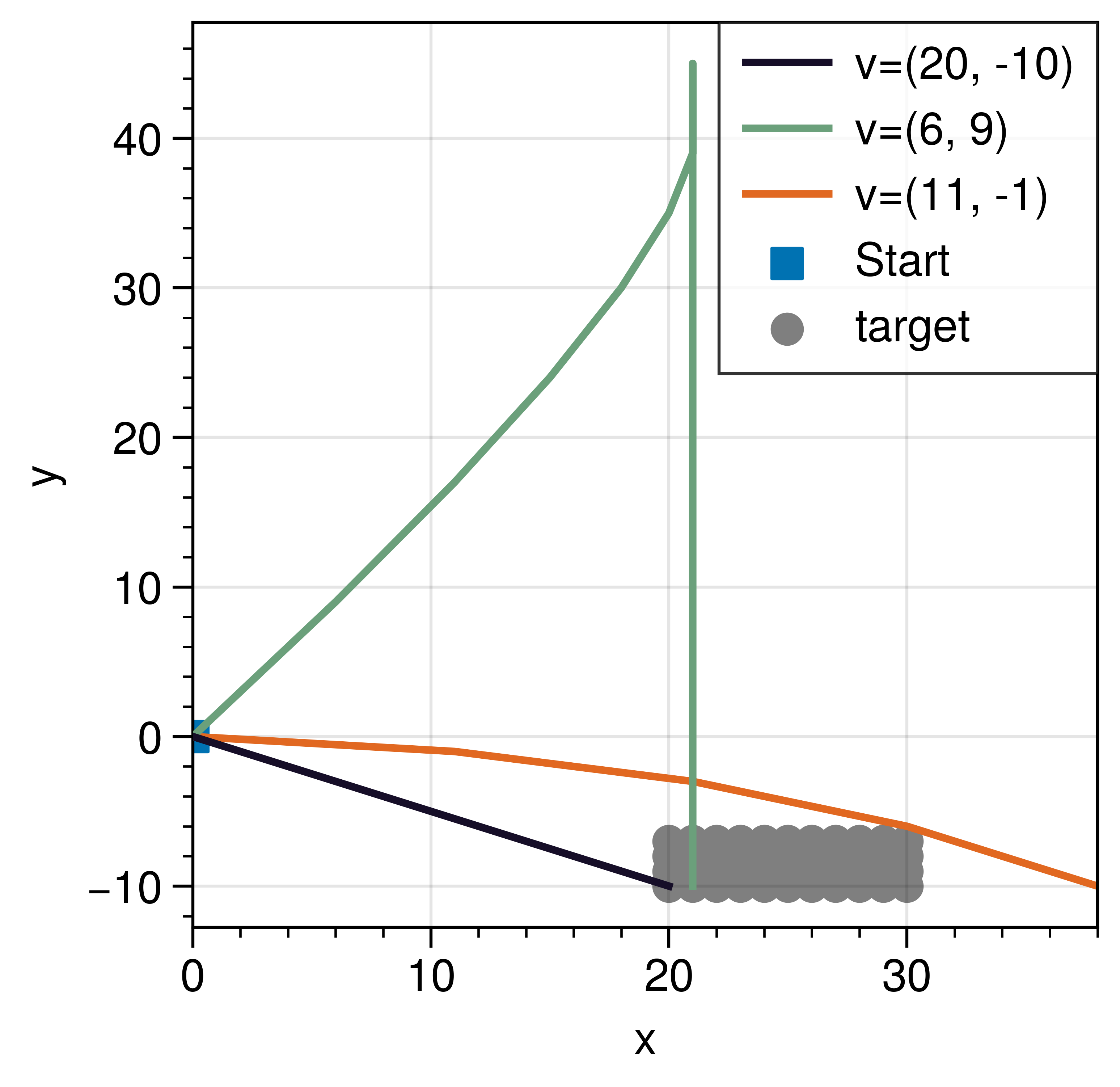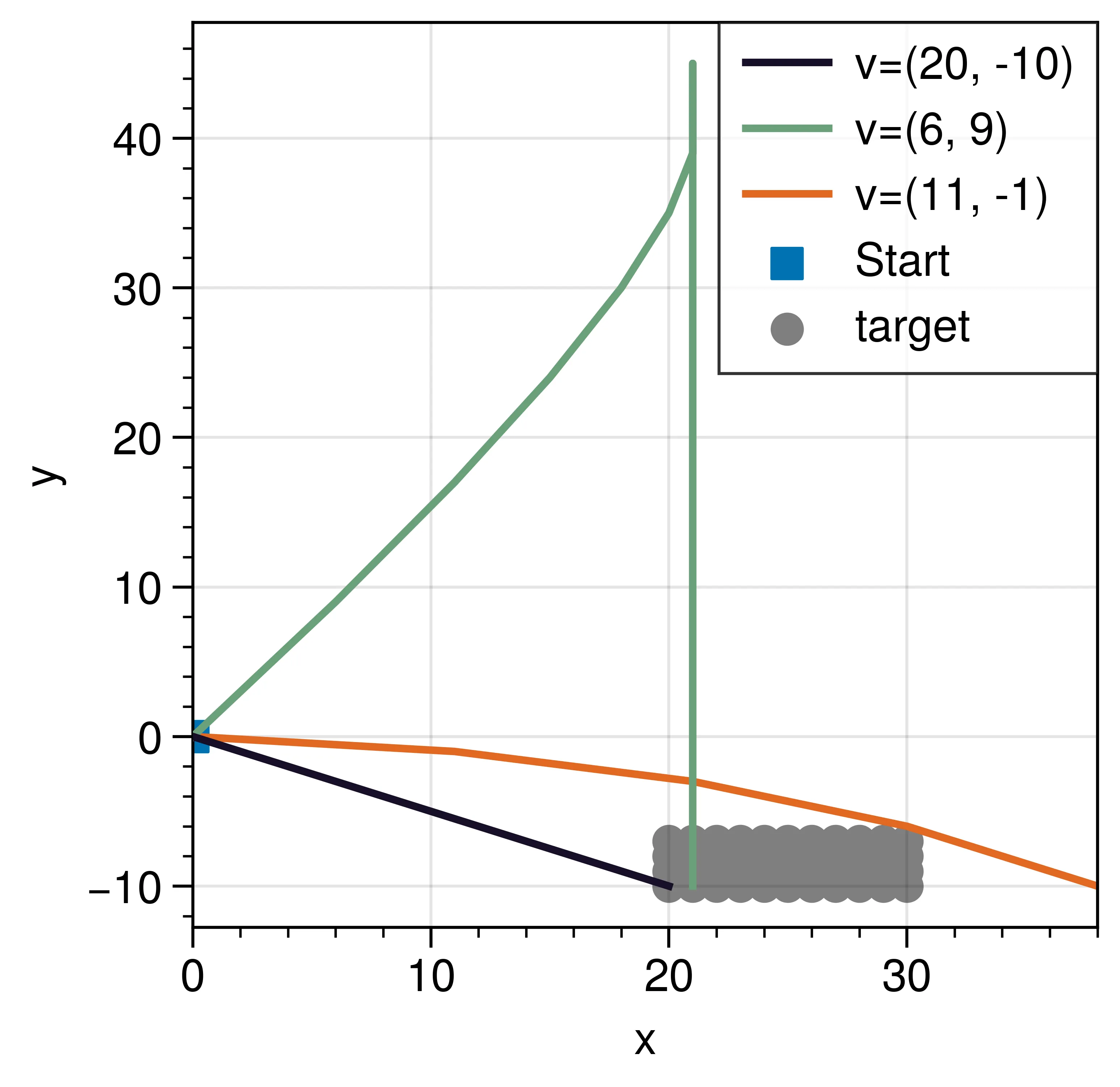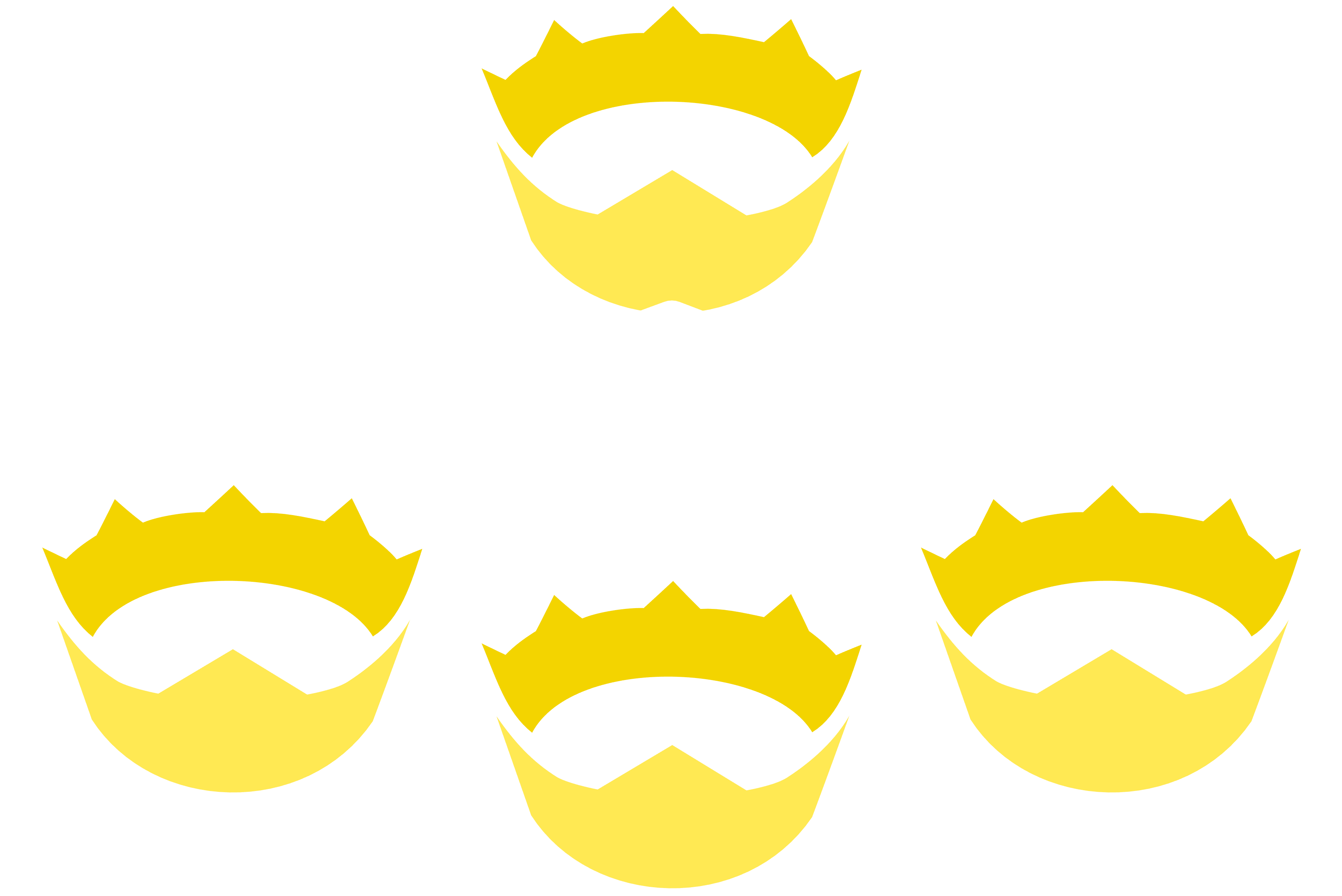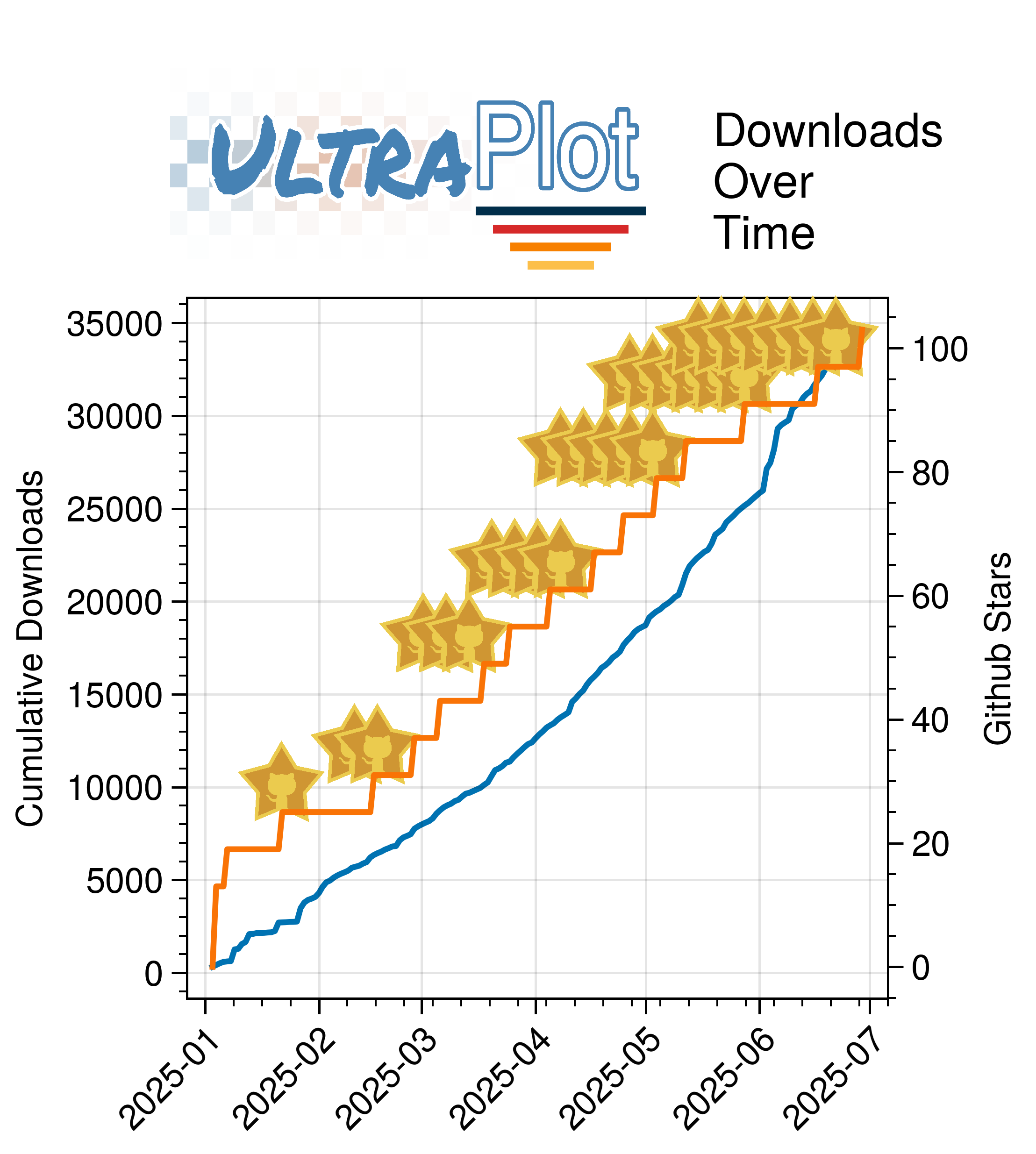· Programming · 9 min read
Riddles & programming
Solving Advent of Code with Nim

Table of Contents
- Introduction
- The problem
- Step 1: Reaching the target area.
- Step 2: Determining the max height
- Finding the trajectory with the max height.
- Reflections and conclusions
Introduction
Over the years I have grown quite fond of solving riddles. There is something thrilling about reasoning through a problem and finding non-trivial properties about seemingly trivial things. To me programming gives a similar experience; by using the tools of a programming language words are strung together to provide sentences that can be used to solve a real-world problem like finding the most efficient route between A or B, find the minimum state of a system moving over an energy landscape, sort files in a folder using a particular regex and so on.
Without knowing it, my interest for riddles was hidden in programming. Programming to me was a tool to reason through complex logical problems. Programming allowed me to verbalize the complex logical problem. This verbalization is very important. A few years ago, I attended a book reading from an author who expressed that speaking a language also invokes a form of thinking, and by speaking a different language your thinking would also be bend and used in a different way. After programming many years in python, and matlab. I have gotten a little bored of the way python speaks. I wanted to think differently.
Then last christmas, I read a blog that used the advent of code to learn a new programming language. The advent of code is an initiative that poses different programming exercises of increasing difficulty. The idea sparked interest in me and I set out some months ago to satisfy my need to learn a new language and attempt to solve some difficult riddles.
The advent code is an initiative that started in 2015. It starts 25 days before christmas with a new programming exercise every day leading up to christmas. The difficulty of the problem increases as the christmas approaches.
In this particular post, I will focus on day 17 of the advent of code 2021 as it beat my but and it need not have to!
The problem
The theme of the advent of code 2021 is helping Santa’s elves finding a key that was dropped in the ocean. On day 17, you are trying to shoot a probe from you submarine such that it hits a particular area (see figure below). The probe is shot with a velocity in the x, and y-direction. Each simulation step, the x, and y-velocity decreased by 1 where the x-velocity has a minimum of 0 and y-velocity can grow to -infinity. The aim is to find a trajectory that hits the target and for which the y-position is maximized. Seems easy right?

What ended up being difficult is that it is not trivial to determine the final position of the probe given an initial velocity. Let’s say that the probe has velocity
In the continuous case, any trajectory which intersects with the target will be a valid trajectory. However, in the discrete scenario, the probe may overshoot the target. That is, there may be a gap which for which between
Step 1: Reaching the target area.
Initially I had the intuition of plotting the dynamics of the of the velocity over time. The distance traveled in the x-direction takes the form of a sum of integers. Luckily, for the sum of integers there is a nice expression: the Gauss sum which takes the form
To see why this is, write down a sequence of positive integers, e.g.
In order to hit the target, we need to compute the bounds which are allowed for
The
Side note: some other random property I found was that when you have some velocity
Step 2: Determining the max height
For a given starting velocity
For example for
Finding the trajectory with the max height.
Finding the highest trajectory now merely involves evaluating the over the ranges indicated in step 1 and keeping track of the starting velocities that yield the highest value (step 2). A “priority queue” can be used to quickly find the max value: by starting from strongest
Reflections and conclusions
Initially, I approached this problem by looking at the various ranges that the velocities in
After nearly 17 exercises in Nim, my experience with coding up examples and structuring code improved remarkable. When the time is ripe I will post a full solution and reflection on my adventure with advent and Nim in a future post. For now, I would like to remark that taking up this task was initially not easy. Implementing simple ideas takes more time, and nearly everything has to be looked up. Looking back, the ease at which I write Nim code is faster and more fluent than the initial couple of exercises. I also appreciate how free Nim is in expressing your thoughts; functions operate on data and the way your write these operations are rather free.
The speed of programming in a novel language shows both a maturating of the knowledge I have acquired of programming languages I can fluently write, but also a manner of thinking. Techniques and algorithms that are relatively easy in language A becomes more challenging or impossible in language B; one has to look for other approaches to harness the power of that particular language. Nim is a powerful language that writes really well. It’s too bad that is does not score higher among the programming popularity charts.
As the months progress and christmas seems like a vague memory, I feel the pressure of finishing these programming riddles. There is a remarkable difference in difficulty for the earlier exercises and the latter ones. For some exercises, I found multiple solutions. I believe this one also has a nice mathematical solution that seems to escape me and I may come back to it later and update this post. To me, these exercises form a nice brain tease and I will slowly work through them when I find the time. See you in the next post!



